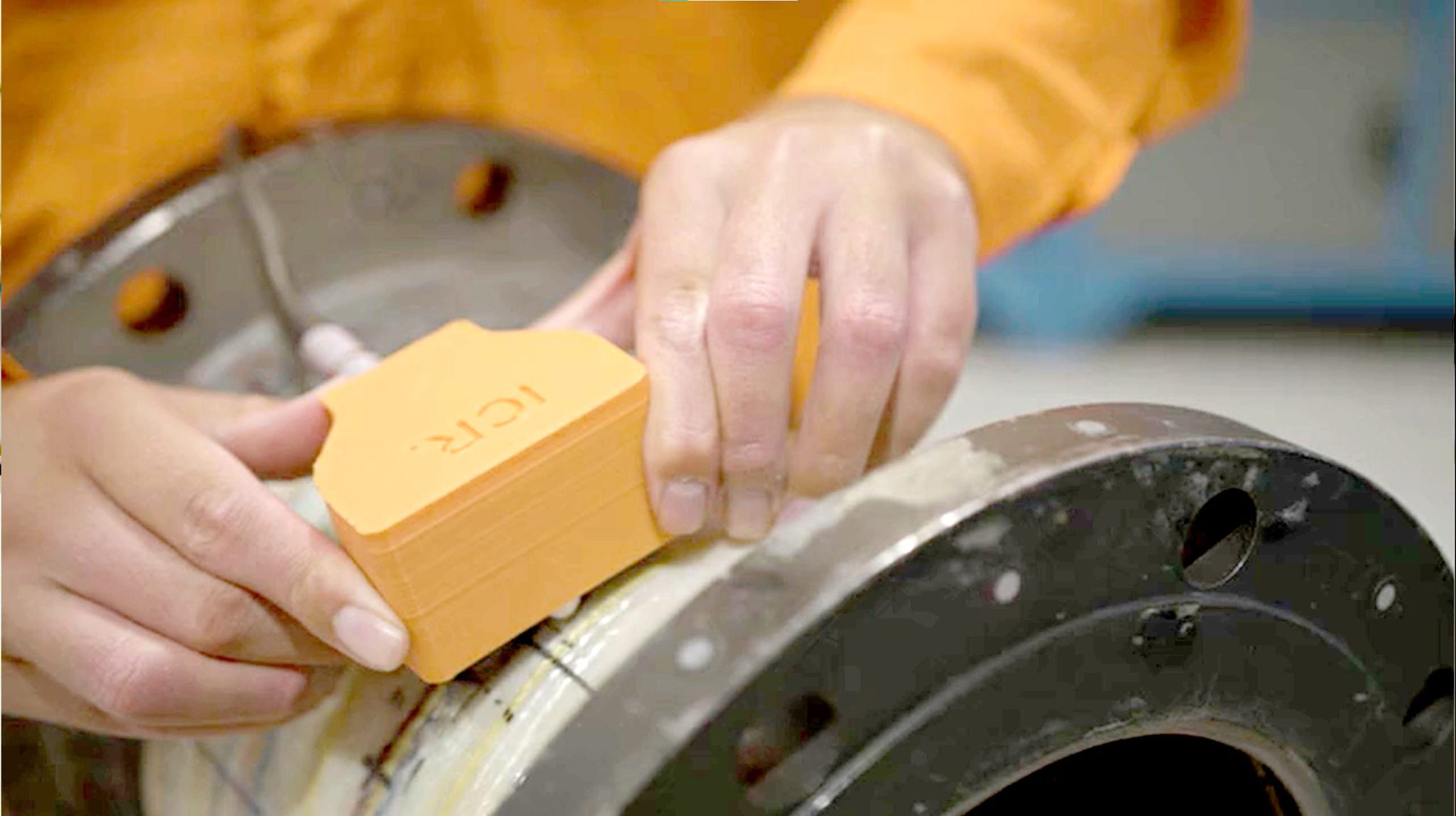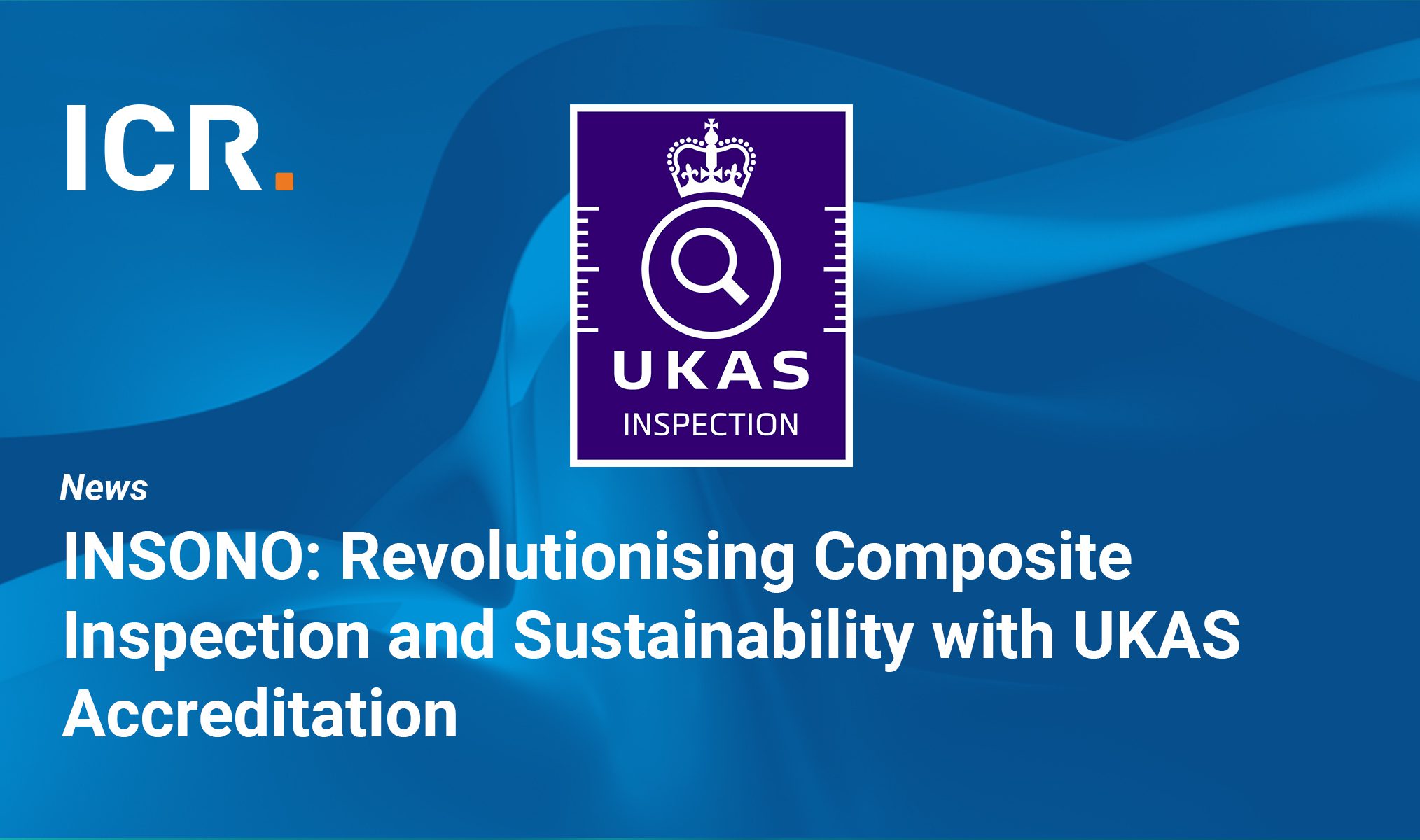Client challenge
Our client, an energy operator based in North America, faced a significant challenge with their main crude export line, which extended from a tank farm to a loading berth at sea. Erosion of the bitumastic coating at the transition zone had led to accelerated corrosion and isolated leaks had emerged, necessitating mechanical clamping. Further inspection revealed corrosion had progressed beneath the coating, resulting in substantial wall loss, particularly between the 5pm and 7pm positions on the pipe. Given the line’s critical nature and frequent use, a decision had to be made to address the issue without replacing the entire section of the pipe.
What we did
To address our client’s challenge, our team opted for an engineered wrap solution at the transition zone. Two designs were developed – WTR 11280 for thin-wall sections and 11280 through-wall – aiming to provide a twenty-year life extension. The existing failing wrap and mechanical clamps were removed, and the pipe underwent preparation to SP 6 standards. Subsequently, four layers of the engineered wrap were applied to the thin-wall sections, while eight layers were applied to the through-wall areas.
The execution of the project was carefully planned to coincide with windows between shipments when the line could be depressurized and de-inventoried, ensuring adherence to Health, Safety, and Environment (HSE) protocols. The initial scope of the project covered a 100-foot section of the pipeline.
Results
The implementation of the engineered wrap solution proved successful in mitigating the corrosion risks in the critical crude export line. The transition zone, once prone to erosion and accelerated corrosion, now boasts enhanced protection and a renewed structural integrity. The engineered wrap, with its thin-wall and through-wall designs, has provided a twenty-year life extension, meeting the client’s requirements for long-term reliability.
This case study highlights the efficacy of our solution in addressing complex challenges in critical infrastructure, emphasizing the importance of tailored engineering interventions to extend the life of essential assets while minimizing downtime and ensuring environmental and operational safety.






Featured articles

University of life stands Govan-raised engineer in good stead

LR and UKAS boost for ICR Group’s INSONO innovation



